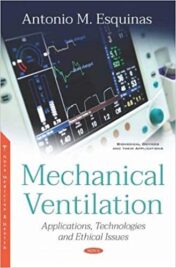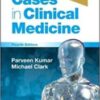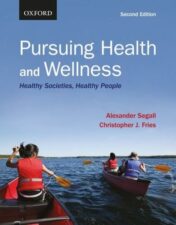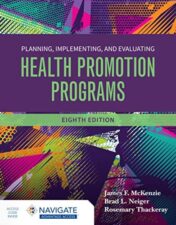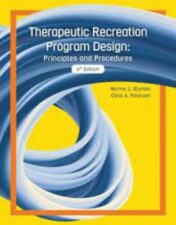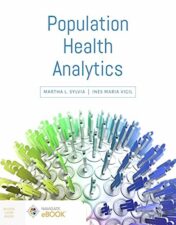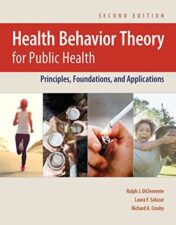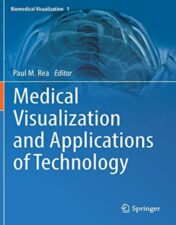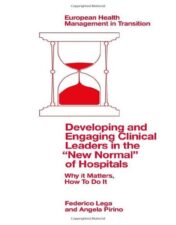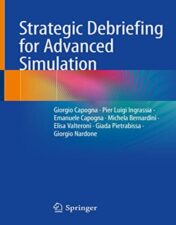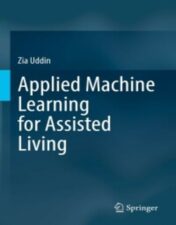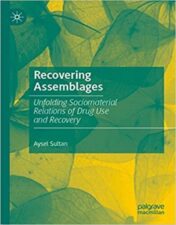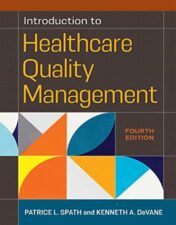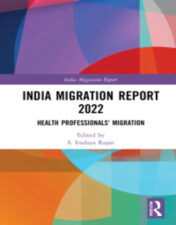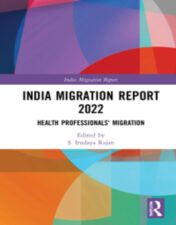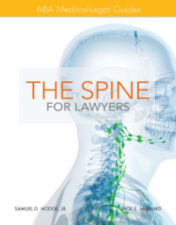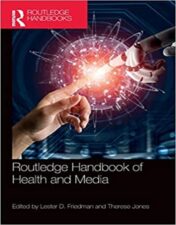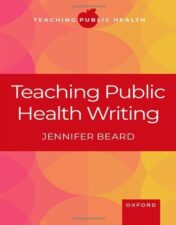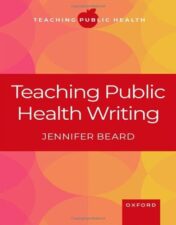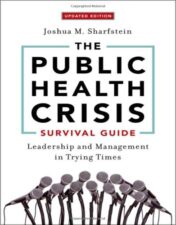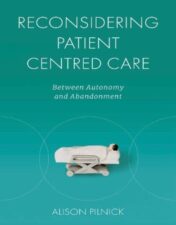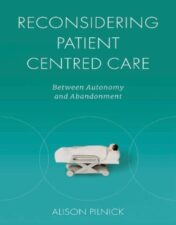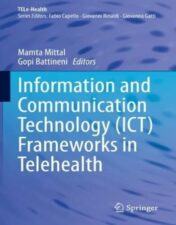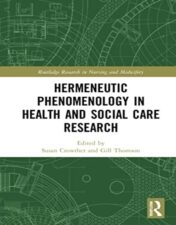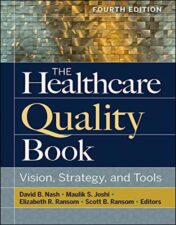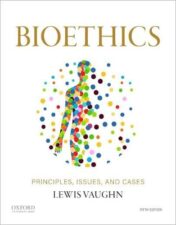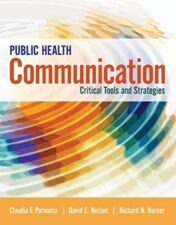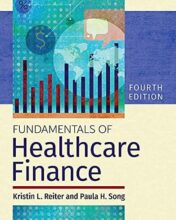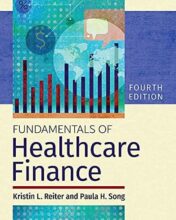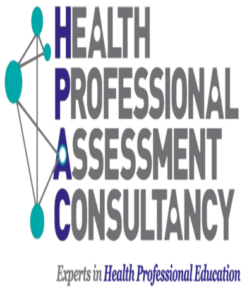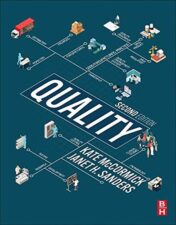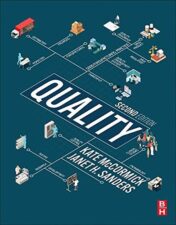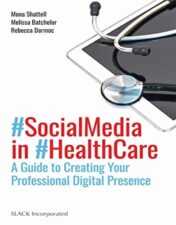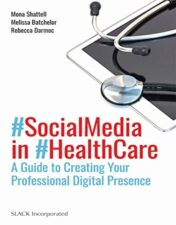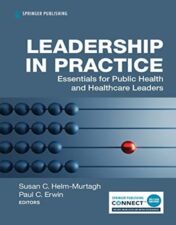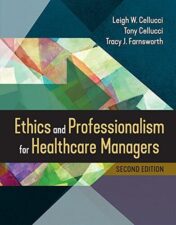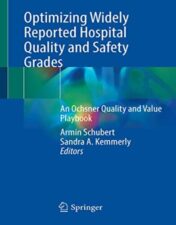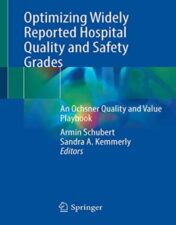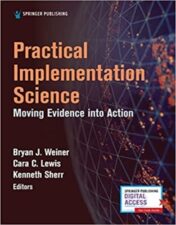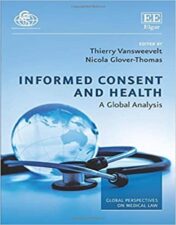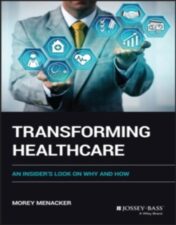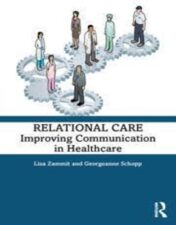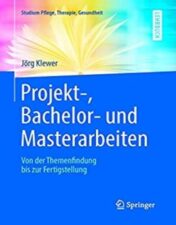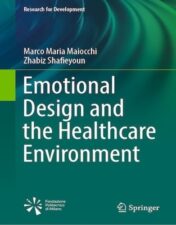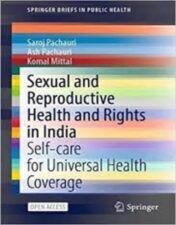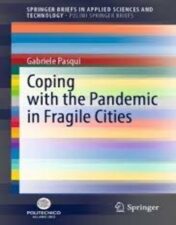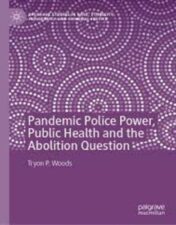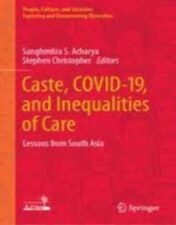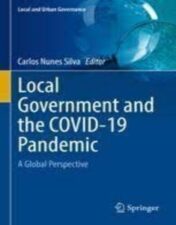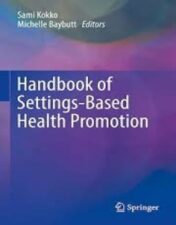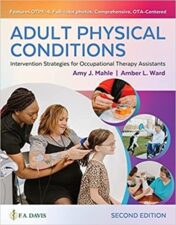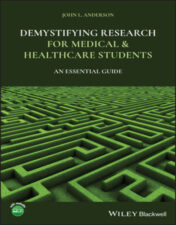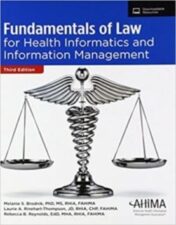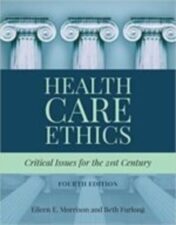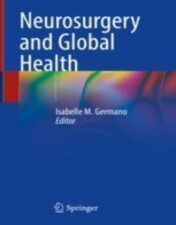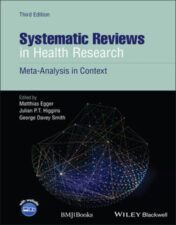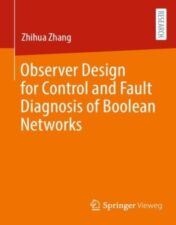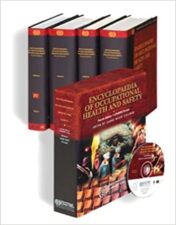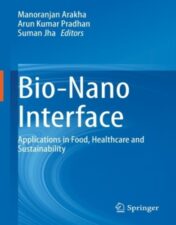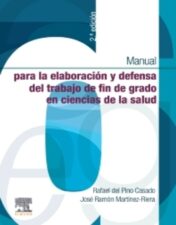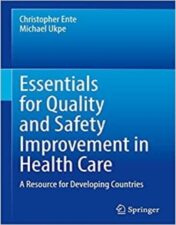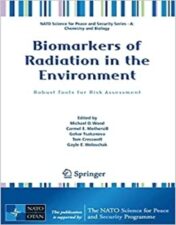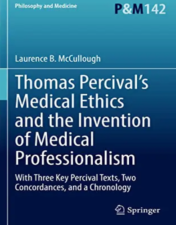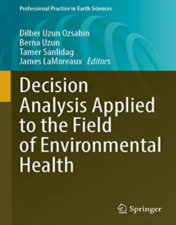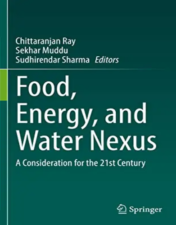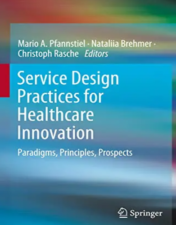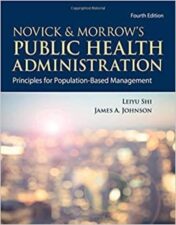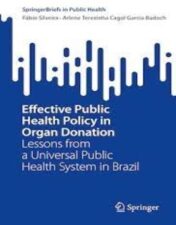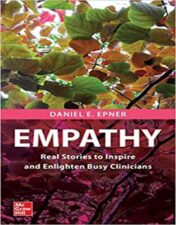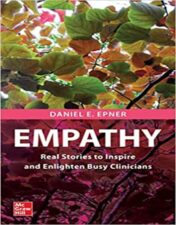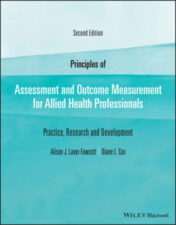Mechanical Ventilation: Applications, Technologies and Ethical Issues (PDF) 2019
$16
Mechanical Ventilation: Applications, Technologies and Ethical Issues (PDF) 2019
Positive pressure mechanical ventilation has gained widespread recognition as an essential strategy in the treatment of various forms of acute and chronic respiratory failure. Its mechanism directly or indirectly impacts respiratory physiology and respiratory musculature in various medical/surgical pathological conditions. In addition, it has been recognized as a factor that influences both short- and long-term prognosis of critically ill patients. This book selects hot topics on indications of mechanical ventilation, technological development advances, ethical and cost associated with mechanical ventilation. Initially, the authors believe an essential approach to positive pressure ventilation is based on physiology, modality of mechanical ventilators, ventilatory modes, and possible complications. The most important mechanical ventilation topics and advances made in critically mechanical ventilated patients include obesity, severe hypoxemic respiratory failure, cardiac surgery, lung/cardiac transplants, thoracic and brain trauma, pregnancy, and sleep breathing disorders. Patient-ventilator asynchrony, sedation and neuromuscular protocols in mechanical ventilation can be complicated by prolonged mechanical ventilation, weaning failure, sepsis and delirium. Continuous advances are being made in technologies such as diagnosis, monitoring and treatment patient-ventilator asynchrony, respiratory muscle function such as electromyography in diaphragm and lung function by ultrasound or electrical impedance. Finally, ethical and health-related cost perspectives of mechanical ventilation represent the last essential approach towards emergent issues in mechanical ventilation.
Related Products
Public Health Books
Introduction to Health Behavior Theory, 4th Edition 2022 Original PDF
Public Health Books
Public Health Books
Strategic Debriefing for Advanced Simulation 2022 Original PDF
Public Health Books
Applied Machine Learning for Assisted Living 2022 Original PDF
Public Health Books
Introduction to Healthcare Quality Management, Fourth Edition 2022 epub+converted pdf
Public Health Books
Public Health Books
Public Health Books
Public Health Books
The Spine for Lawyers: ABA Medical-Legal Guides 2014 epub+converted pdf
Public Health Books
Transcend Fear: A Blueprint for Mindful Leadership in Public Health 2021 Original PDF
Public Health Books
Routledge Handbook of Health and Media 2022 epub+converted pdf
Public Health Books
Public Health Books
Public Health Books
Public Health Books
Public Health Books
Reconsidering Patient Centred Care: Between Autonomy and Abandonment 2022 Original PDF
Public Health Books
Information and Communication Technology (ICT) Frameworks in Telehealth 2022 Original PDF
Public Health Books
Legal Aspects of Health Care Administration, 14th edition 2022 epub+converted pdf
Public Health Books
The Healthcare Quality Book: Vision, Strategy, and Tools, 4th edition 2019 Original PDF
Public Health Books
Bioethics: Principles, Issues, and Cases, 5th edition 2022 Epub+ converted pdf
Public Health Books
Public Health Communication: Critical Tools and Strategies 2017 Epub+ converted pdf
Public Health Books
Fundamentals of Healthcare Finance, Fourth Edition 2022 Epub+ converted pdf
Public Health Books
Fundamentals of Healthcare Finance, Fourth Edition 2022 Original PDF
Public Health Books
Public Health Books
Public Health Books
Public Health Books
Transforming Healthcare : An Insider’s Look on Why and How 2022 Original PDF
Public Health Books
Relational Care: Improving Communication in Healthcare 2022 Original PDF
Public Health Books
Public Health Books
Emotional Design and the Healthcare Environment 2022 Original pdf
Public Health Books
Coping with the Pandemic in Fragile Cities 2022 Original pdf
Public Health Books
Pandemic Police Power, Public Health and the Abolition Question 2022 Original pdf
Public Health Books
Caste, COVID-19, and Inequalities of Care Lessons from South Asia 2022 Original pdf
Public Health Books
Local Government and the COVID-19 Pandemic A Global Perspective 2022 Original pdf
Public Health Books
Handbook of Settings-Based Health Promotion 2022 Original pdf
Public Health Books
Health Care Ethics: Critical Issues for the 21st Century 2019 Original pdf
Public Health Books
Public Health Books
Public Health Books
Observer Design for Control and Fault Diagnosis of Boolean Networks 2021 Original PDF
Public Health Books
Online Health Forums and Services: Benefits, Risks and Perspectives 2022 Original PDF
Public Health Books
Bio-Nano Interface: Applications in Food, Healthcare and Sustainability 2021 Original PDF
Public Health Books
Food, Energy, and Water Nexus: A Consideration for the 21st Century 2022 Original PDF
Public Health Books
Foundations for Health Promotion, 5th Edition 2022 EPUB & converted pdf
Public Health Books
Empathy: Real Stories to Inspire and Enlighten Busy Clinicians 2022 Epub & converted pdf
Public Health Books
Empathy: Real Stories to Inspire and Enlighten Busy Clinicians 2022 Original pdf

